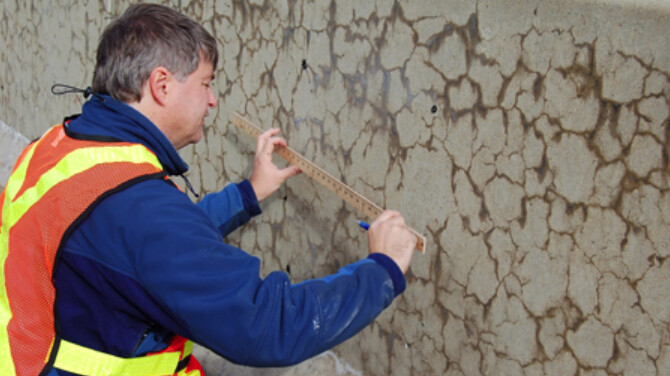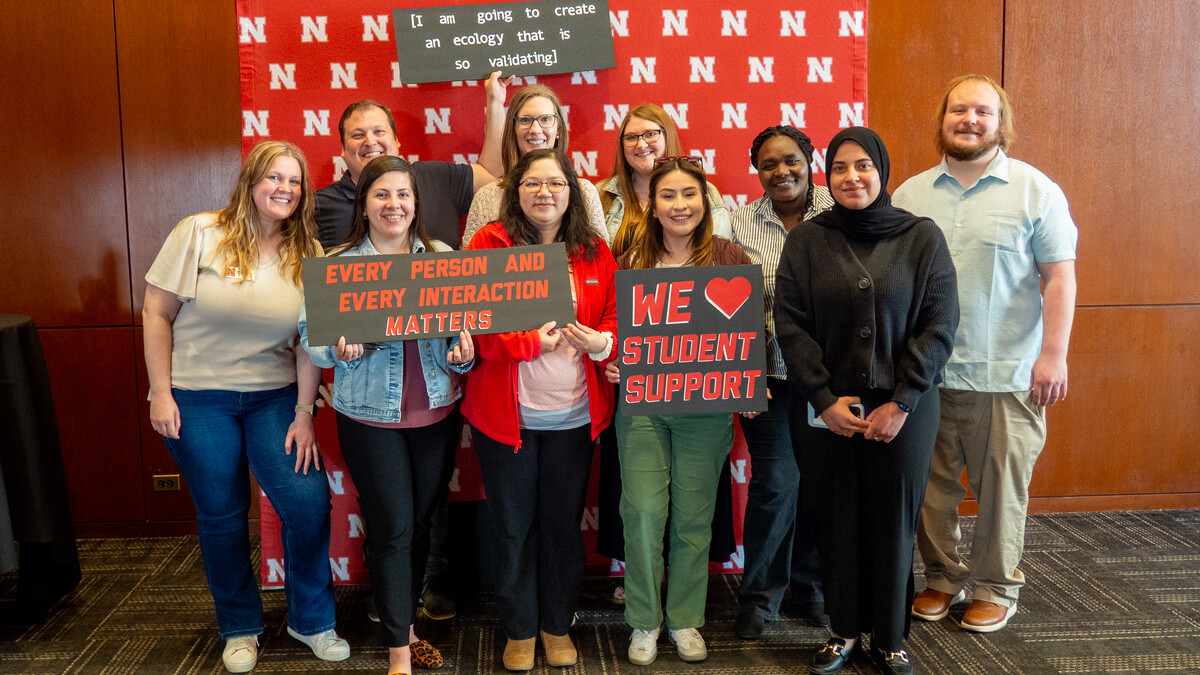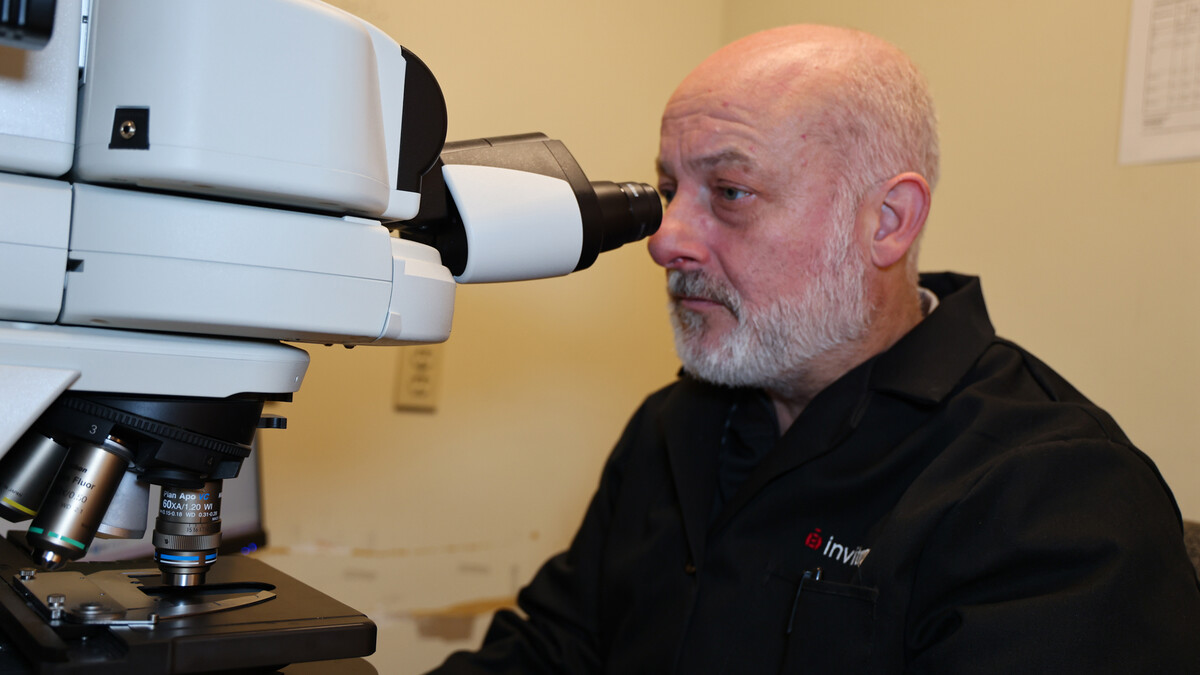
A team led by UNL’s Jinying Zhu has earned a U.S. Department of Energy grant to develop an online monitoring system that can evaluate the health and durability of concrete structures – nuclear power plants, in particular.
The three-year grant from the DOE’s Nuclear Energy University Program will allow Zhu and her colleagues to study the alkali-silica reaction, a cause of concrete degradation that was found at the New Hampshire-based Seabrook Station nuclear power plant in 2010.
The alkali-silica reaction occurs when alkali in cement reacts with the sand and gravel used in a concrete mixture, causing cracks whose pattern resembles that of a turtle’s shell. Though research has examined how the reaction affects the safety and capacity of concrete structures, Zhu said, no long-term studies have been done on its presence at nuclear plants.
Zhu’s team will develop a system that assesses the onset, extent and rate of ASR degradation, eventually informing the long-term operational and maintenance decision-making of nuclear plant operators.
“While our research focuses on building a model that can be used to predict the existence and extent of damage at nuclear power plants, it should be useful in diagnosing problems in any concrete structure,” said Zhu, assistant professor of civil engineering. “As a result, this will help any agency to make a decision about whether the structure is safe.”
ASR is often caused by concrete’s exposure to high temperatures and humidity, Zhu said. Because they operate at high internal temperatures and are often built near coastlines or waterways, power plants are especially susceptible to the degradation.
The ASR reaction is most often very slow, Zhu said, and the resulting cracks usually occur years or even decades after construction is complete. But those cracks can allow other detrimental chemicals, such as sulfate and salt, to seep in. Those chemicals can lead to damage that includes the corrosion of concrete-strengthening rebar in buildings, dams, bridges and pavement, she said, affecting the durability of the materials and the long-term capacity of their structures.
The team will use both passive and active sensing techniques to diagnose and monitor ASR. Zhu’s previous research has included work with ultrasonic waves, which will be used to evaluate damage to the concrete. Other team members will implement passive sensors that pick up sounds of the cracking, using data to create models and inform further research at the DOE’s Idaho National Laboratory.
With the project officially kicking off in October, Zhu said the two-month wait will parallel what she called the “slow process” of ASR.
“I cannot call myself a patient person,” Zhu said, “but in some aspects, I have to be.
“I’m really excited about … working with this primary research team. I believe we are going to bring new knowledge to the ASR research field, publish high-quality papers and have a good opportunity to train graduate students.”








